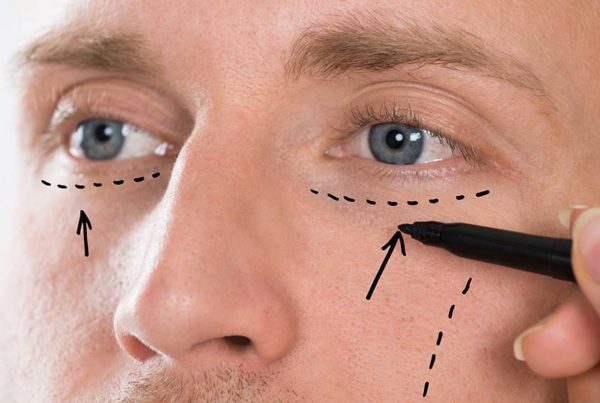
Let’s get real. Not everyone who comes to see me is a suitable candidate for a facelift. Before I even begin to consider surgery, one of the first things I always do is to establish whether a person is in good health, physically and mentally, and whether they are in a good place in life. Having a facelift is stressful and it’s important to be making good decisions and be well supported.
So these are the things I look for…
- Is the person in good general health?
- Are they willing and able to plan for the procedure and do all the right things before the big day?
- Are they taking care of their physical health and hygiene?
- Are they very overweight or underweight? Is their dental hygiene OK?
- Are there any medical issues that may need to be considered first?
The next thing to do is to have a conversation about what they see and what their concerns are. There are many reasons for considering a facelift. Many of the people I see have always wanted to look their best but as they age, they begin to see someone else in the mirror. They don’t see someone as vital, robust, youthful or happy-looking as they perceive themselves to be.
Some people age well with a happy expression – they get visibly older, but in a nice way. Others age poorly and can develop a worried, tired, anxious, hangdog appearance, especially if the neck is very loose. We can’t control these types of patterns of ageing and they can be distressing for some people.
Another stimulus is ageing in a familial way and beginning to look like our parents.
Finally, the motivation can be after illness or weight loss when your face appears prematurely aged and this is causing distress.
Overall, people are candidates for a facelift when they feel their face doesn’t represent them and they are pretty seriously concerned by what they are seeing. Cosmetic surgery should never be undertaken lightly, so when I assess someone I need to be sure they are seriously concerned by what they see and that they are motivated to improve it by doing what they can non-surgically as well.
So, we look at the person first, before the face, to make sure we understand them, their goals and motivations. It’s really important to be sure they are making a good decision.
Next, we begin to study the face itself, looking at the underlying skeletal shape of the face. Is it harmonious, or for example, does the person have a small chin which may cause premature neck ageing? Sometimes correcting skeletal shape can be part of improving the facial appearance.
We then look at the facial volume to see if there’s hollowing around the temples or upper face. For example, there may be too much volume in the neck. Volume changes, dropping or deficiencies can all detract from our appearance.
We then look at specific areas of facial sagging, which can be from the brow to the lower lid cheek junction, to the cheek itself to nasolabial folds to the jawline and the neck to assess whether facial structures have stretched or dropped out of position. We also look at the skin surface, its wrinkle patterns, whether it’s sun damaged, good quality, elastic skin or fine, crepey and wrinkled. There may also be an excess of skin after weight loss.
Next up, we look at the hairstyle and begin to consider where we might plan incision placement if they were to have surgery. This is typically easy in women who tend to have hair they can grow around and over their ears. It’s much more difficult in men who are bald or have short or cropped hairstyles so that disguising the scar position is a lot harder.
Then we look at individual features such as eyes and lips to see if anything can be, or should be improved by surgery. Then we put all of this information together to create a plan.
Of course, any areas the patient is concerned about should be addressed first, but then the question is – should the surgeon suggest others to be considered?
I believe it’s my job as a surgeon to educate patients about the consequences of treating the areas they are unhappy with. In some circumstances – for example if they have a good face but not a good neck – it’s appropriate to treat just the neck. In other cases, treating one area highlights the ageing in another area, so a more holistic approach to facial rejuvenation is needed to blend the area of concern to the rest of the face. We may also need to address other areas of the face that have aged significantly, but the person hasn’t really thought about them.
At the end of the consultation, if I believe you are a suitable candidate for surgery, I will highlight the issues that have been discussed and if you wish, I will address them with a plan for results that are minimally detectable and harmonious. Alternatively, I may recommend a less invasive treatment such as fillers and injectables through drface.com.au or no treatment at all.
My guiding principle is always to understand and educate you, and to do what’s best for you. A happy patient reflects a successful treatment experience.
Why not check out my realself profile that has over 150 five star reviews.





